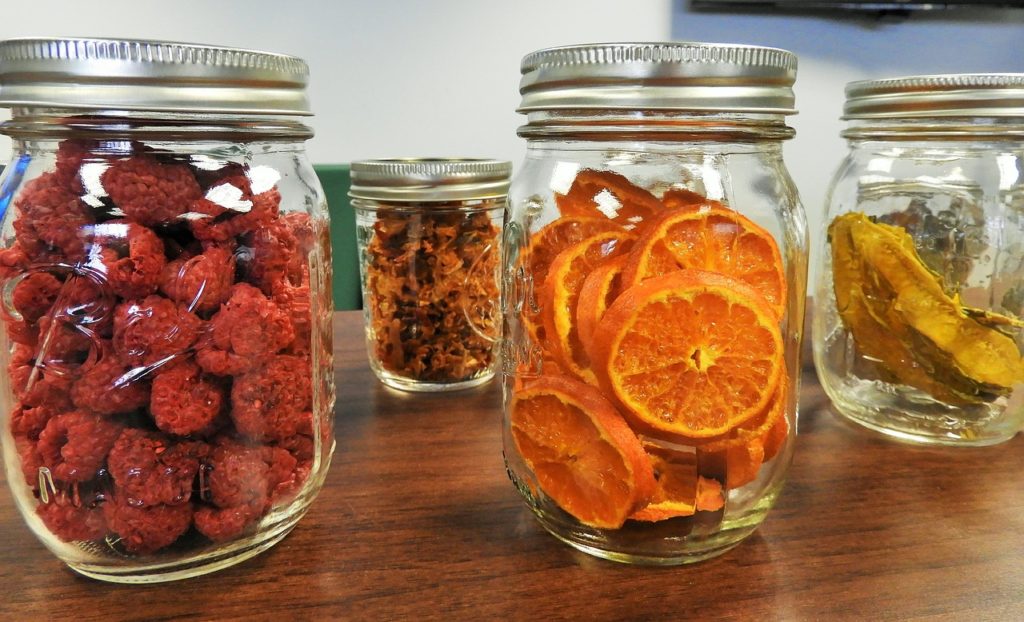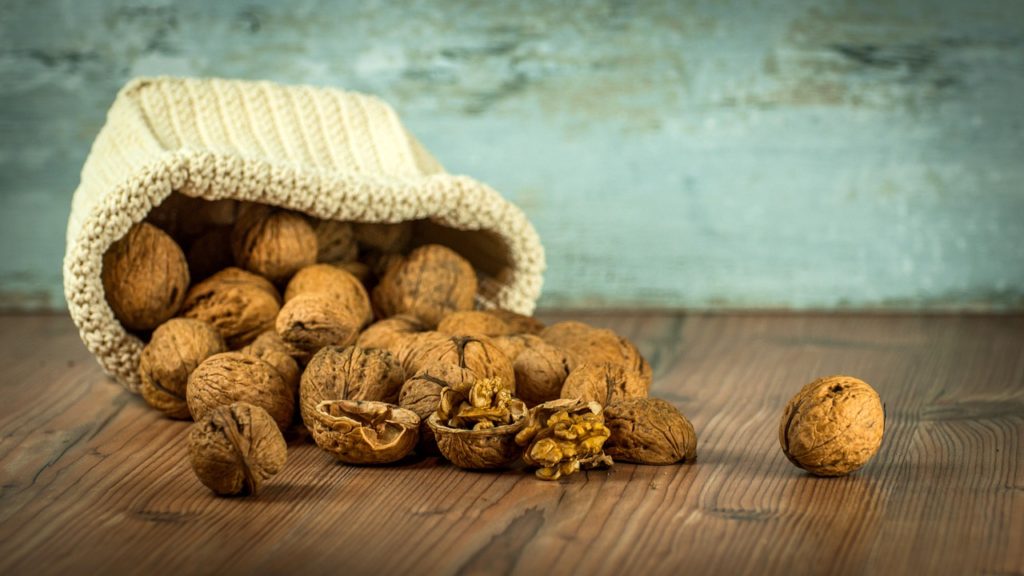Last Updated on March 30, 2023 by Lisa Vargas
Are you living in a cold area where the food freezes every single time you leave it for later use? Well if yes then there is a special technique that can help you preserve your food and prevent it from freezing.
The main purpose of a Root Cellar is to preserve your food and to prevent it from freezing at extremely low temperatures and keep it cool during the summer. There are several different food items you can store in a root cellar such as dried fruits, nuts, vegetables, canned foods, and wine.
Root Cellars may seem an ancient method but it works like a charm especially in survival situations. It has enough room which can store almost any kind of food despite a larger number. In terms of storage, it even beats the modern-day refrigerators that have very low space for storing different items.
Best Foods To Keep In A Root Cellar
Just as I mentioned earlier you can store almost any kind of food you want to preserve. You can store different kinds of root vegetables and fruit inside a root cellar to prevent it from spoiling. I’ve done in-depth research on the best food to store inside a root cellar along with its temperature. I’ve mentioned each one of these in a detailed chart below.
| Food Item | Temperature (Degree F) | Shelf Life/Duration | Precautions (If Any) |
| Apple | 32 | 2 to 7 months | only mature, unblemished apples |
| Beets | 32 | 3 to 5 months | cut off greens about 1 to 2 inches from the top of the root |
| Broccoli | 32 | 1 to 2 weeks | Requires very high moisture |
| Cabbage | 32 | 3 to 4 months | Store in outdoor storage |
| Carrots | 32 | 4 to 6 months | – |
| Jerusalem Artichokes | 32 | 1 to 2 months | – |
| Leeks | 32 | 3 to 4 months | – |
| Parsnips | 32 | 1 to 2 months | Cut off tops, and layer in a box with damp sand |
| Pears | 29 to 31 | 2 to 3 months | The temperature shouldn’t be high |
| Potatoes | 40 to 45 | 4 to 6 months | May turn overly sweeter at a colder temperature |
These are some food items that you can store inside your root cellar and use them accordingly. However, before storing each food item, you need to wash them and wrap them in a newspaper for better results.
If you store both fruits and vegetables properly in a root cellar you will have enough supply for yourself as well as your family.
Storing Fruits In A Root Cellar

Storing Fruits in a root cellar requires some precautions that you need to take care of. If you fail to provide the exact temperature your fruits will never survive for long.
In addition to this, some fruits require additional measures due to chemicals inside. For Instance, if you want to store pears inside a root cellar then you need to be very careful about its temperature.
Pears are very sensitive to temperature and will root if they don’t get the right amount. But that is just one example. Apart from that if you don’t waste the fruits before storing it then bacteria may attack it.
They will decompose the fruit and they won’t survive at all. Moreover, you should also be very careful about the variety of your fruits. For example, apply comes in many different varieties.
Not all of them are best for storing in a root cellar due to their different nature. Similarly, other kinds of fruits may need different temperatures or extra preservation measures.
The best thing you could do is dehydrated your fruit first and then seal the dehydrated fruit in mylar bags then store away in your root cellar.
Storing Vegetables In A Root Cellar

Storing veggies inside a root cellar is a bit hard as compared to fruits. Most fruits contain sucrose which gives them their sweet nature. While vegetables contain a lot of different chemical compounds. These chemical compounds may also affect other items in its surrounding.
For example, if you cut onion and leave it with other vegetables then the sulphuric acid may rot other items. The best way to keep all vegetables safe around each other is to wrap them in sheets of newspaper. Doing this will keep them isolated from each other.
Some vegetables need extra measures before storing them on a shelf of your root cellar. During my research, I found that the potato is very sensitive to temperature. If you leave it at a cold temperature then it will get overly sweet. In addition to this, higher temperatures will cause the same potato to sprout.
This means you should keep them at a regulated temperature. But the same temperature may not be suitable for other items in the surroundings. So you should try to divide food items into different temperature sections. This way it will be easy to store different vegetables at the same time.
Another problem is the release of ethylene gas. If you store your vegetables close to each other and some of them release ethylene gas then it will affect all of its surroundings. Ethylene gas is very harmful to fruits and vegetables. It highly reduces the storage life of even tough food items.
Storing Nuts In A Root Cellar

Storing nuts is relatively easier in root cellars as compared to fruits and vegetables. It is because nuts are dry and contain a large amount of useful fat and oil. They are also rich in protein and are more temperature tolerant. Unlike fruits and vegetables, nuts do not produce harmful gases if stored for a longer period.
However, you should pay attention to bugs. Insects like ants and moths can be quite dangerous for nuts. I would never recommend storing nuts openly inside a root cellar. Use containers for storing each variety of nuts like peanuts, almonds, coconut, walnuts, etc. This will keep them safe from bugs and insects and preserved for a longer duration.
Other Foods To Store In A Root Cellar

In addition to fruits, vegetables, and nuts, you can also store other types of food items inside a root cellar. Wine, honey, and canned food also work if you want to preserve them inside a root cellar. However, I wouldn’t recommend fish for storing. It is because, with time, fish produce a pungent smell which can be quite annoying.
Another thing about fish is that its body requires a very cool temperature. But if you still want to store fish inside then you can store it dried. The best way to store dried fish inside a root cellar is to hang it from the roof.
Related Questions and Answers
Can You Store Meat In a Root Cellar?
Storing meat inside a root cellar is a good idea. You can use meat hooks to hang it from the ceiling. Moreover, if you want to keep it for a longer duration there are some important points that you need to take care of.
First of all the temperature of the cellar should be around 50-degree Fahrenheit. Secondly, the meat should be either dried or salted to prevent bacterial decomposition.
What Temperature Should A Root Cellar Be?
Scientifically the best temperature for the root cellar is around 32 to 45 degrees Fahrenheit. This temperature helps the cellar to preserve food items of different varieties and keep them safe. It also reduces the amount of ethylene gas emission which is quite harmful to the preservation process.
However, different items require different temperatures so you should be careful about what you are storing inside.
How Long Does Food Last In A Root Cellar?
There isn’t any specific time limit for food items to survive inside a cellar. It is because each food item contains different sets of chemicals that require its temperature. For instance, if you store potato you will need to keep the temperature somewhere around 40 to 60 degrees Fahrenheit.
While broccoli will not be able to survive in such temperature as it requires 32 degrees. Also, if you keep potatoes at a low temperature then they won’t be able to use. It is because they become overly sweet at low temperatures.
To make the food last longer inside a root cellar you need to take extra measures and treat it accordingly. For instance, you will need to trim and keep the broccoli in a perforated paper to keep it isolated from the surroundings. It is because if it is exposed to ethylene gas then it won’t last long.
Can A Storm Shelter Be Used As A Root Cellar?
It depends on how your storm shelter is made. If it fulfills the requirements of a root cellar then you can use it. Most storm shelters are underground so they can be good root cellars. However, you should still keep the main factors in mind such as temperature, humidity, and airflow.
Final Thoughts
Root cellars are an amazing place to store your foods to keep them longer during the extreme hot and cold whether months. Using a root cellar to store fruits, vegetables, and nuts is a great idea for all of your emergency foods. They should keep longer and not spoil as quickly due to the temperature control effectiveness.
If there’s anything you would like to add to this post or any insight you have on this subject, please feel free to comment below.
